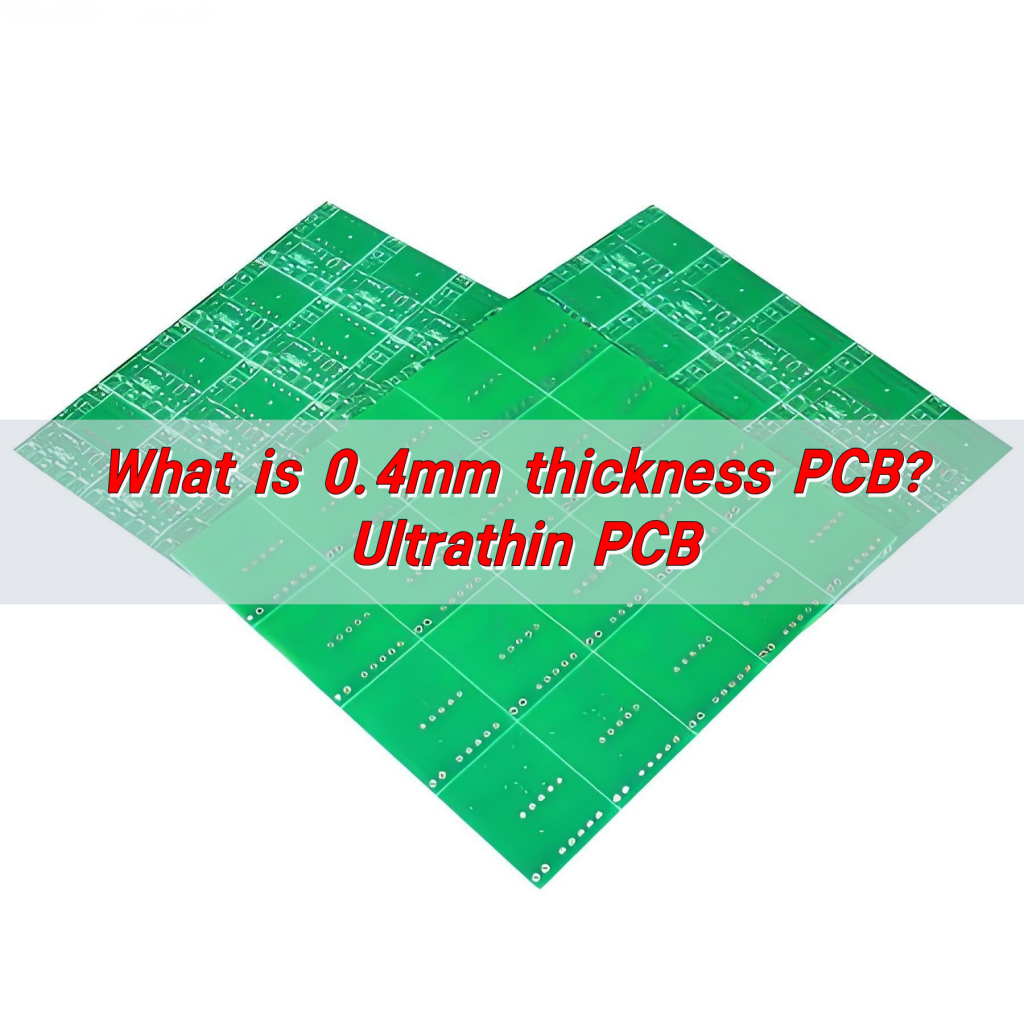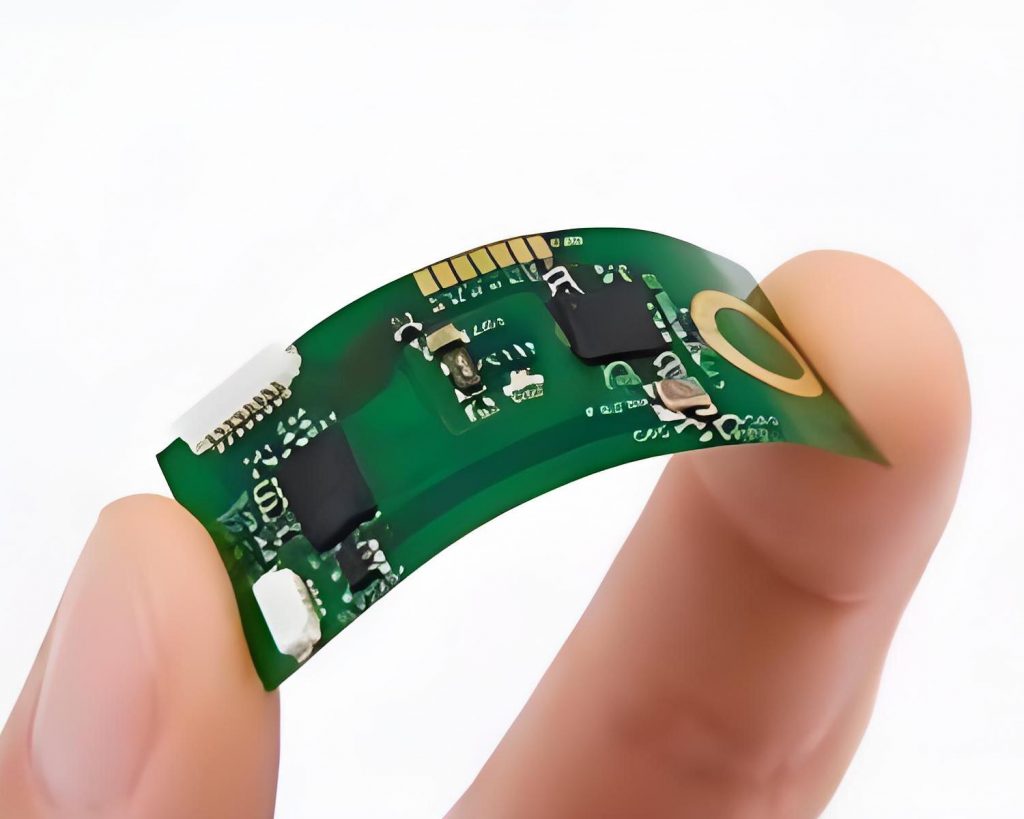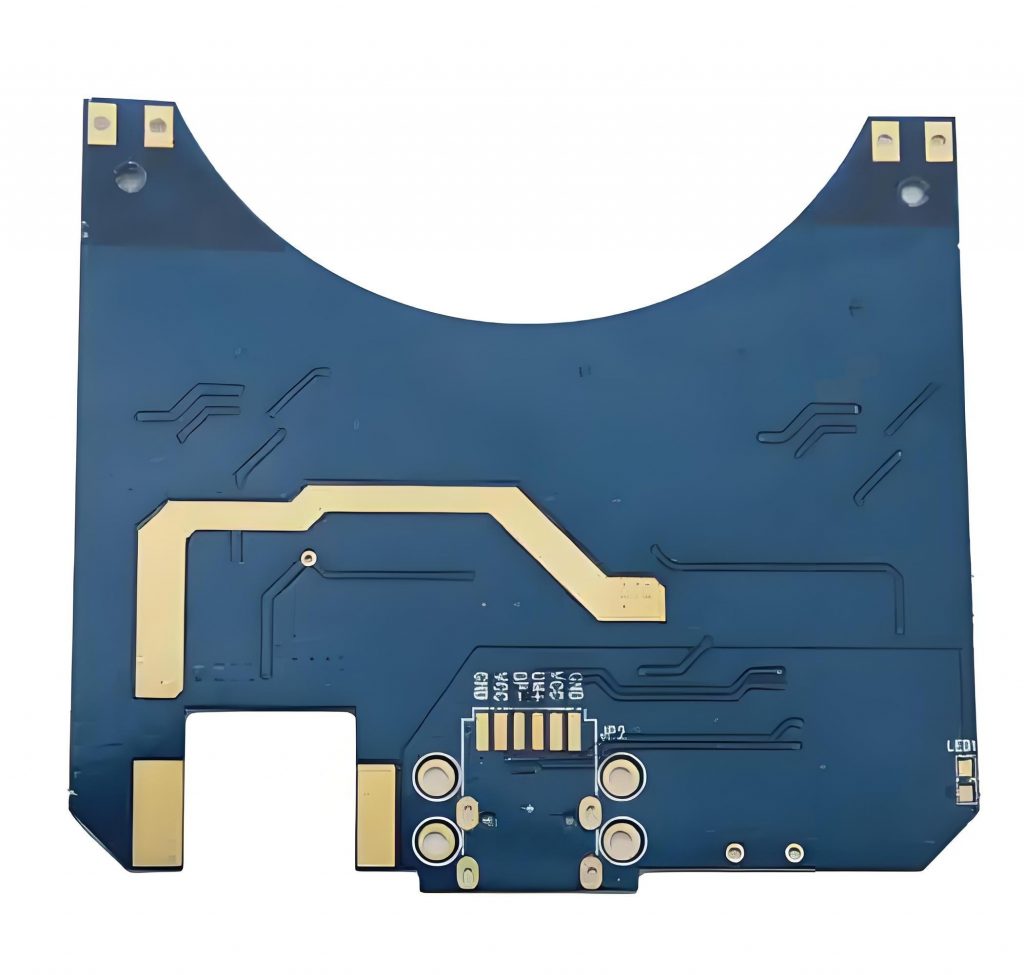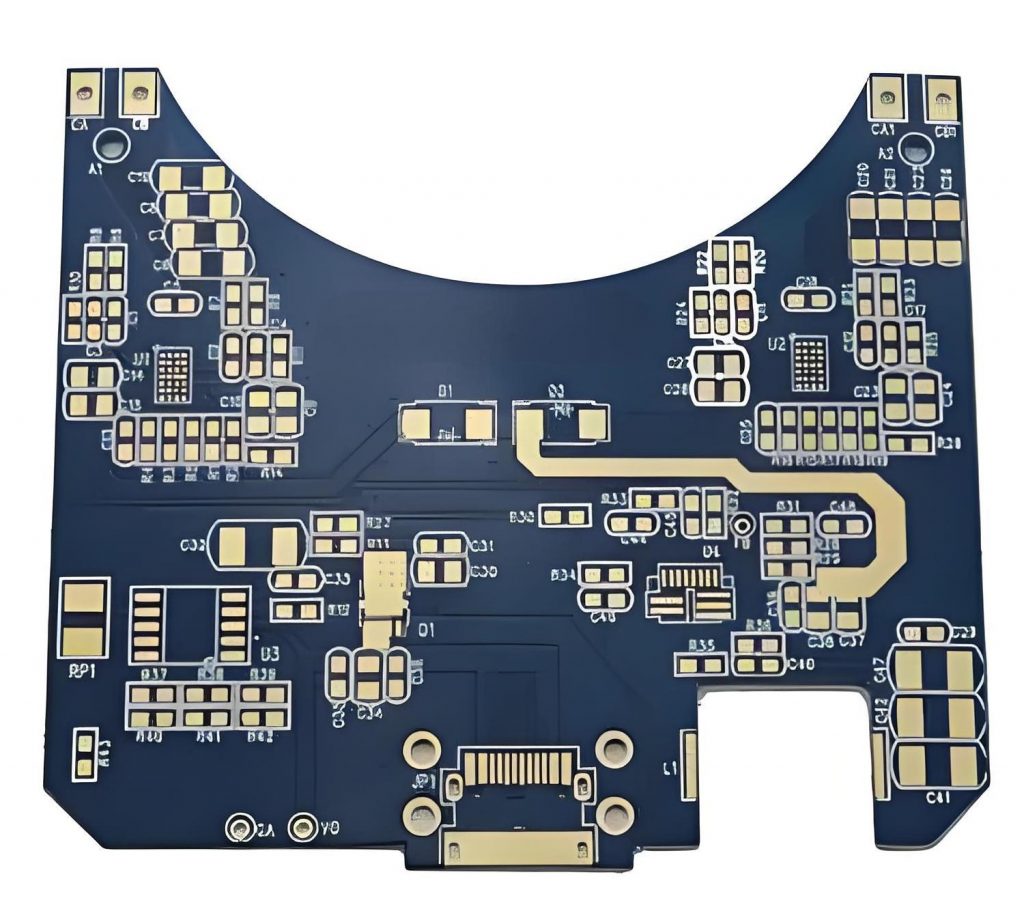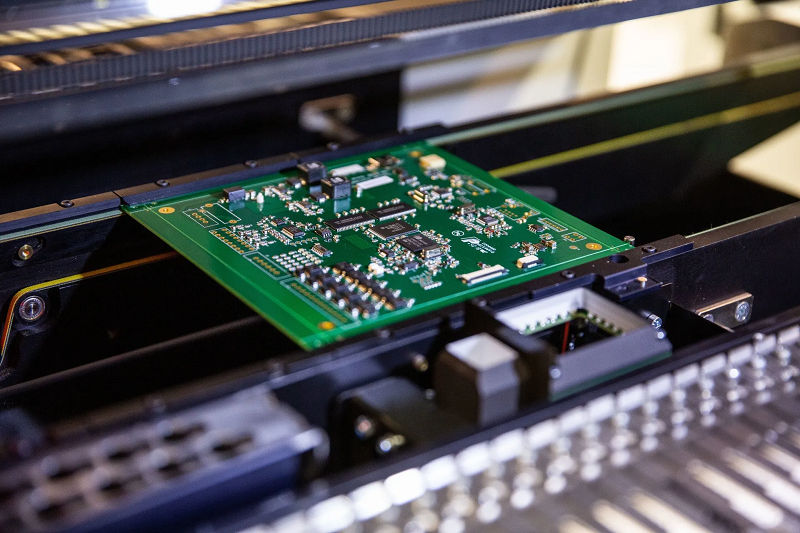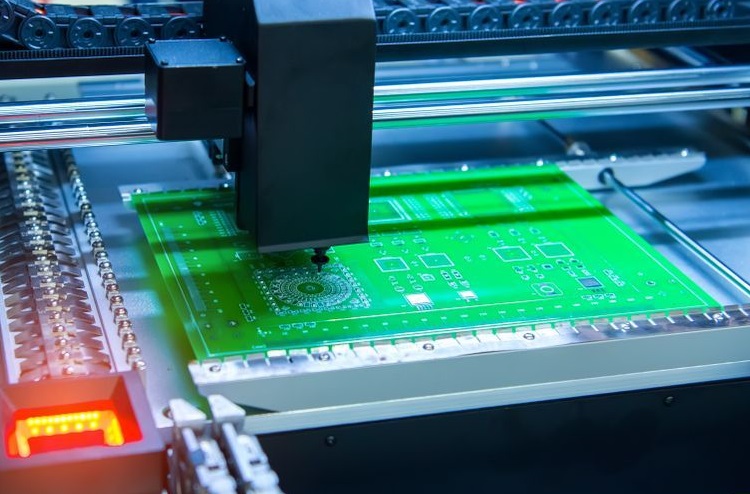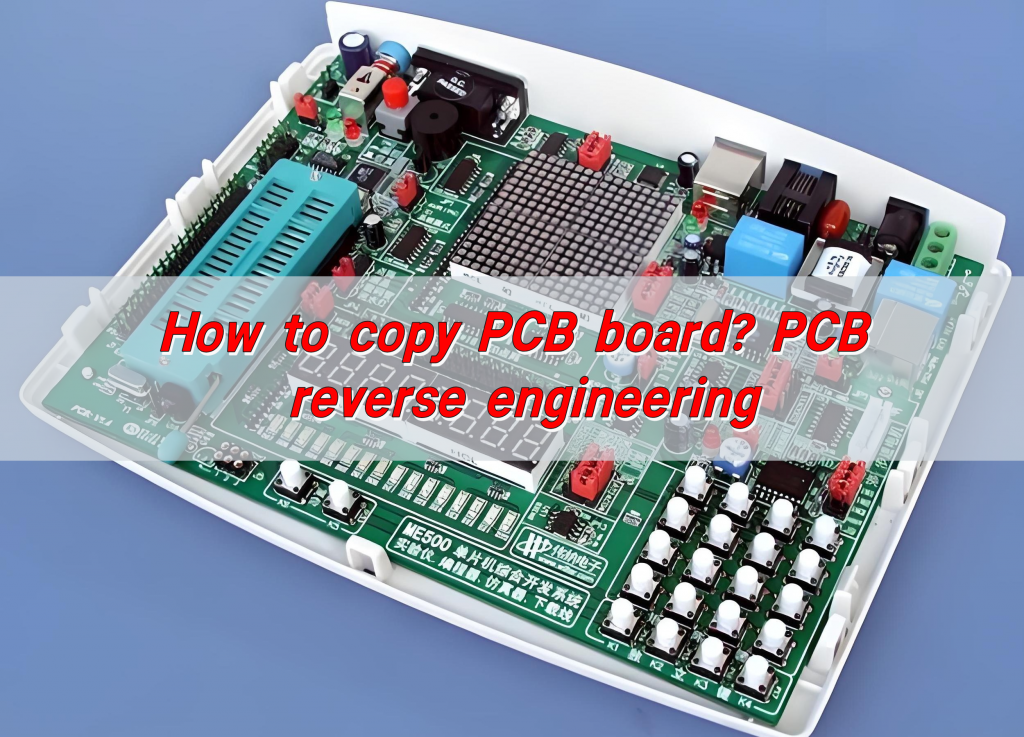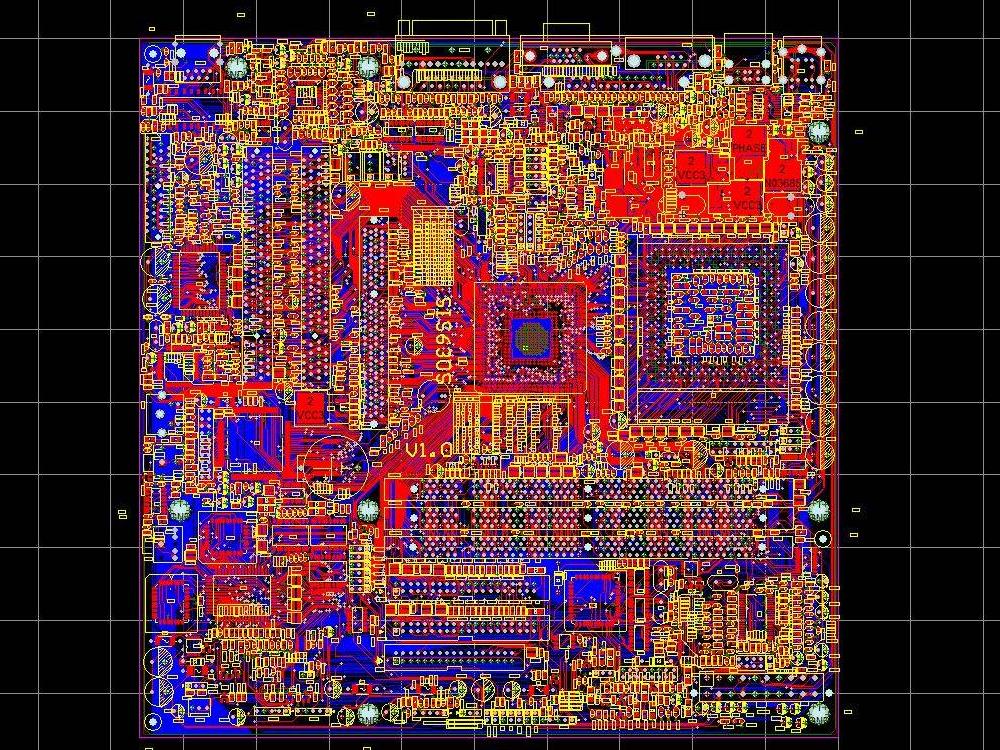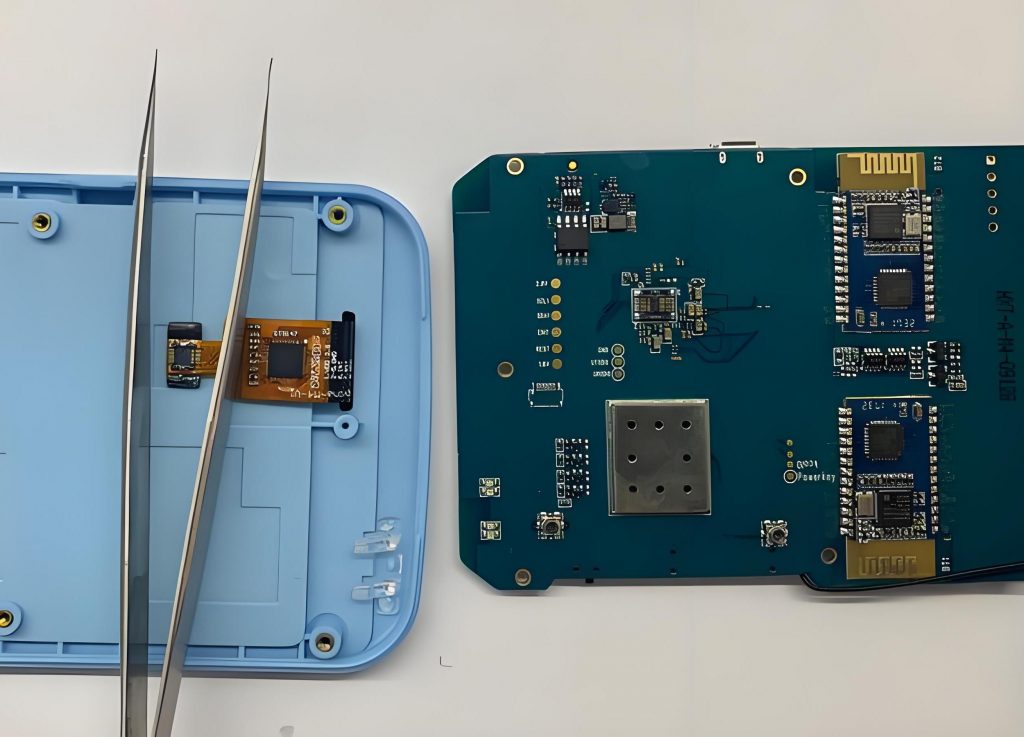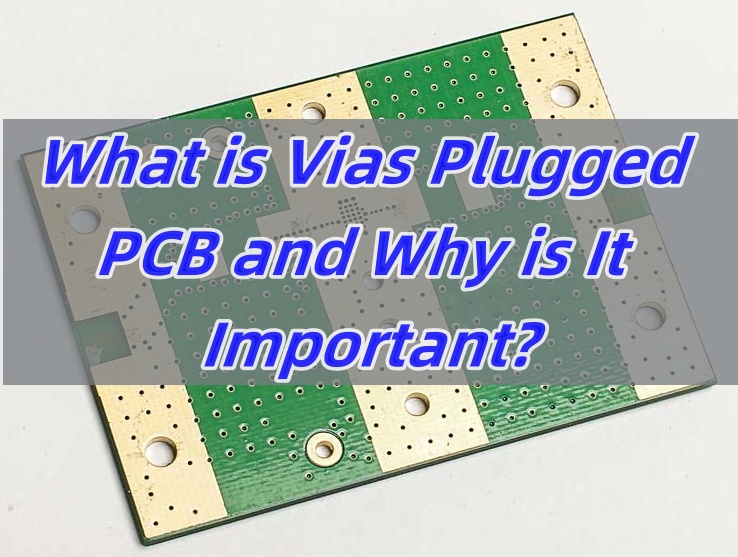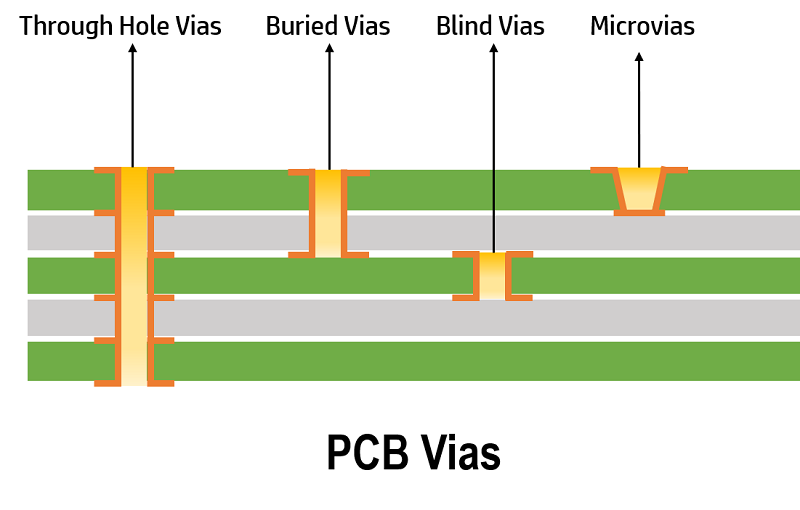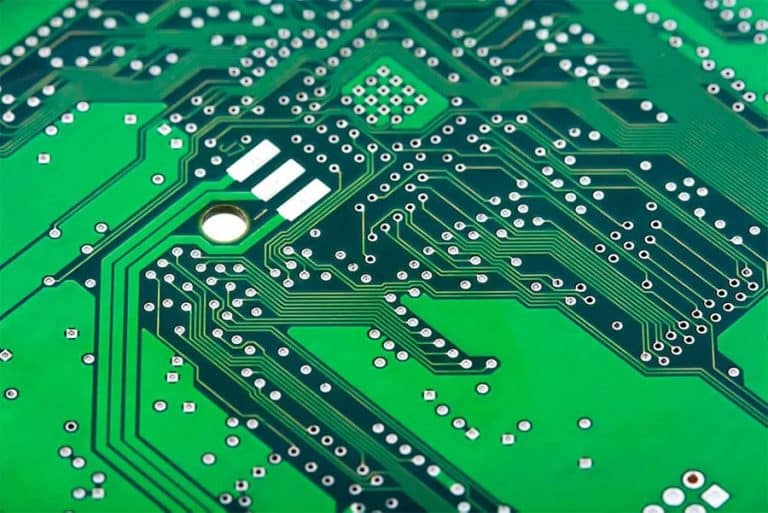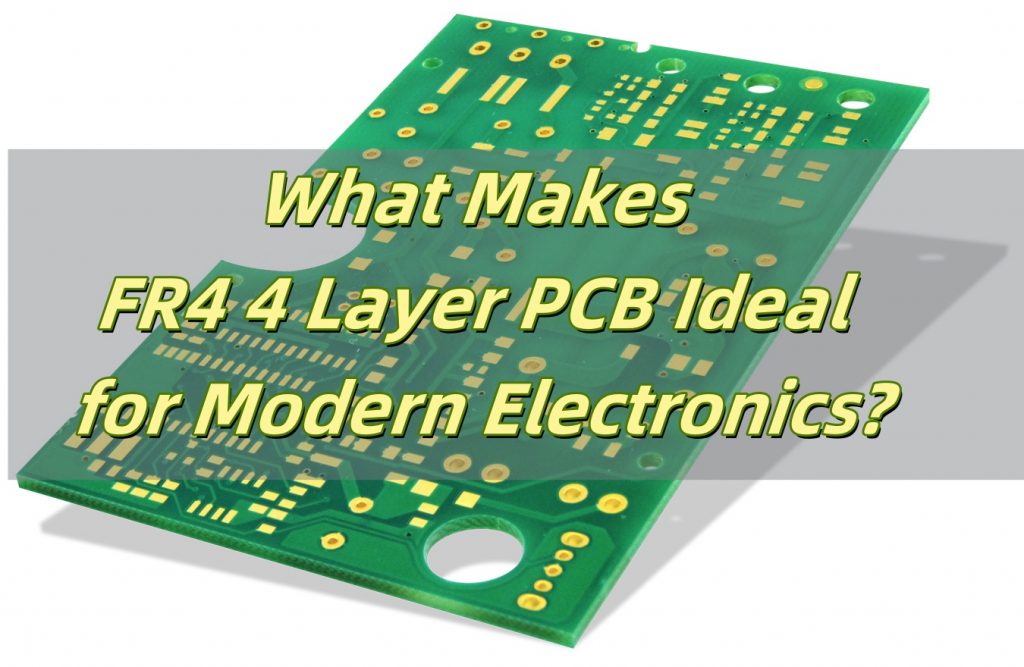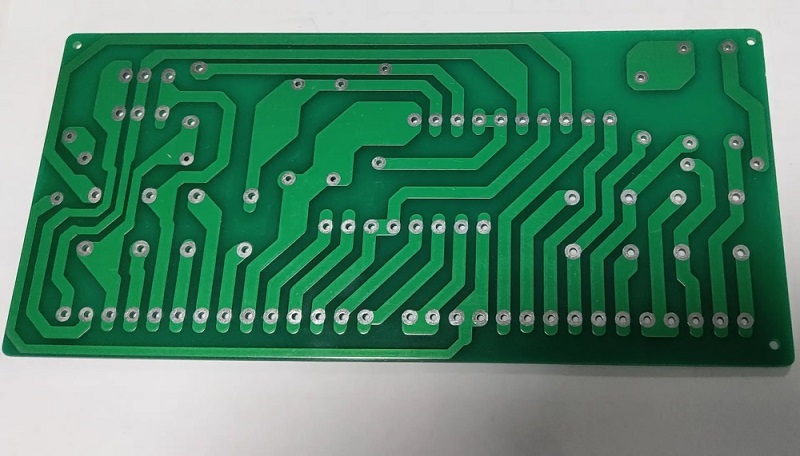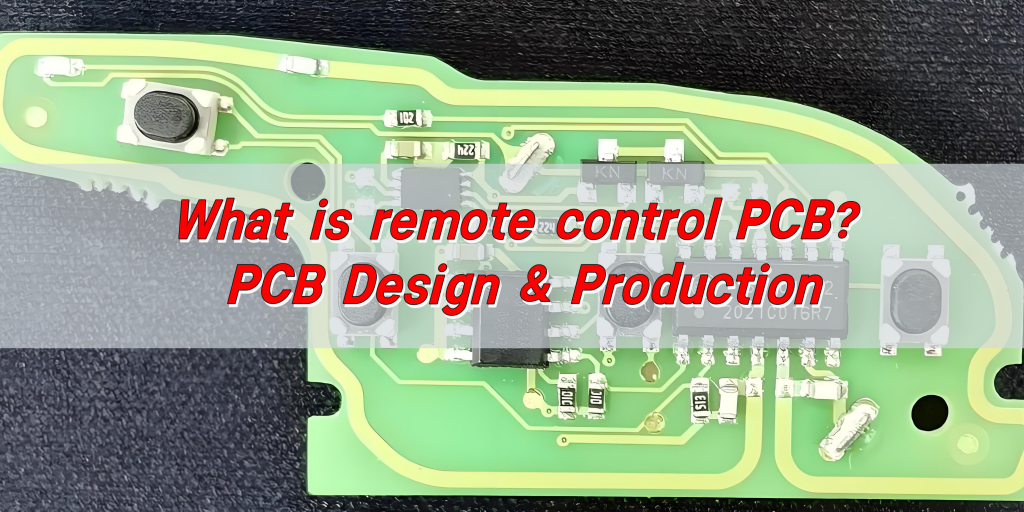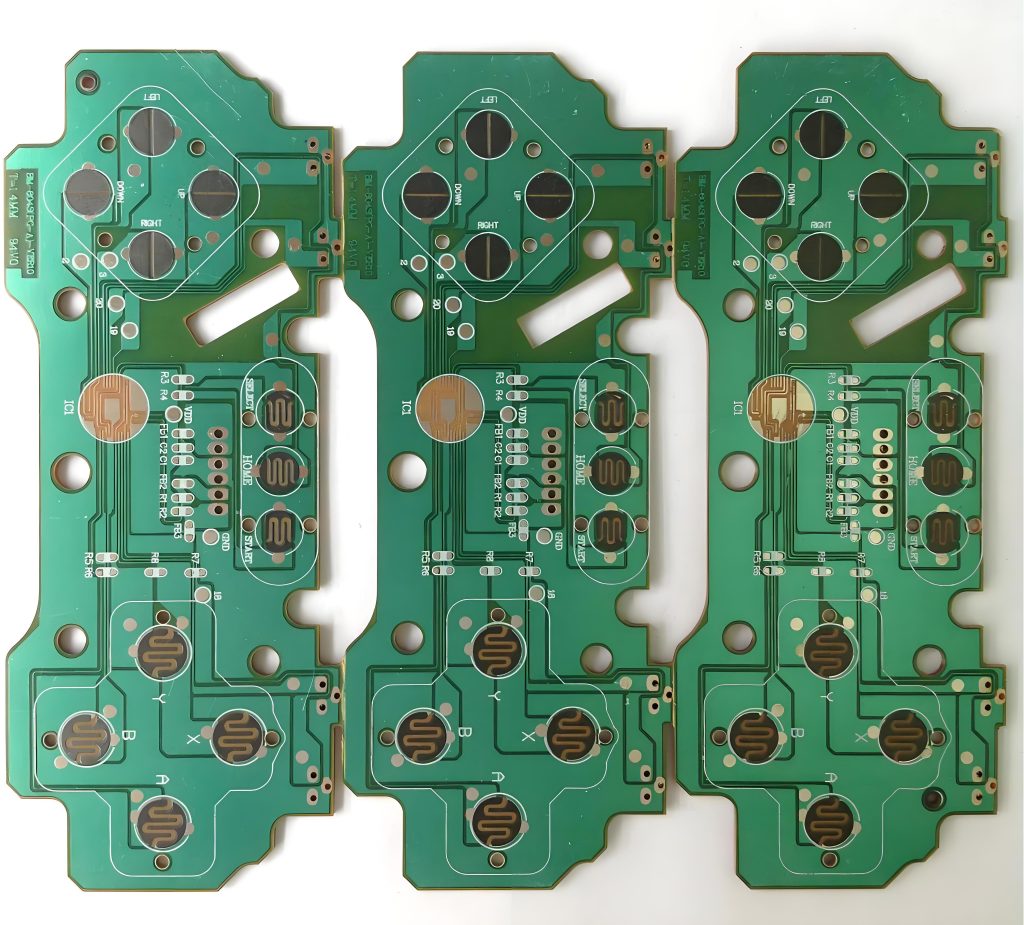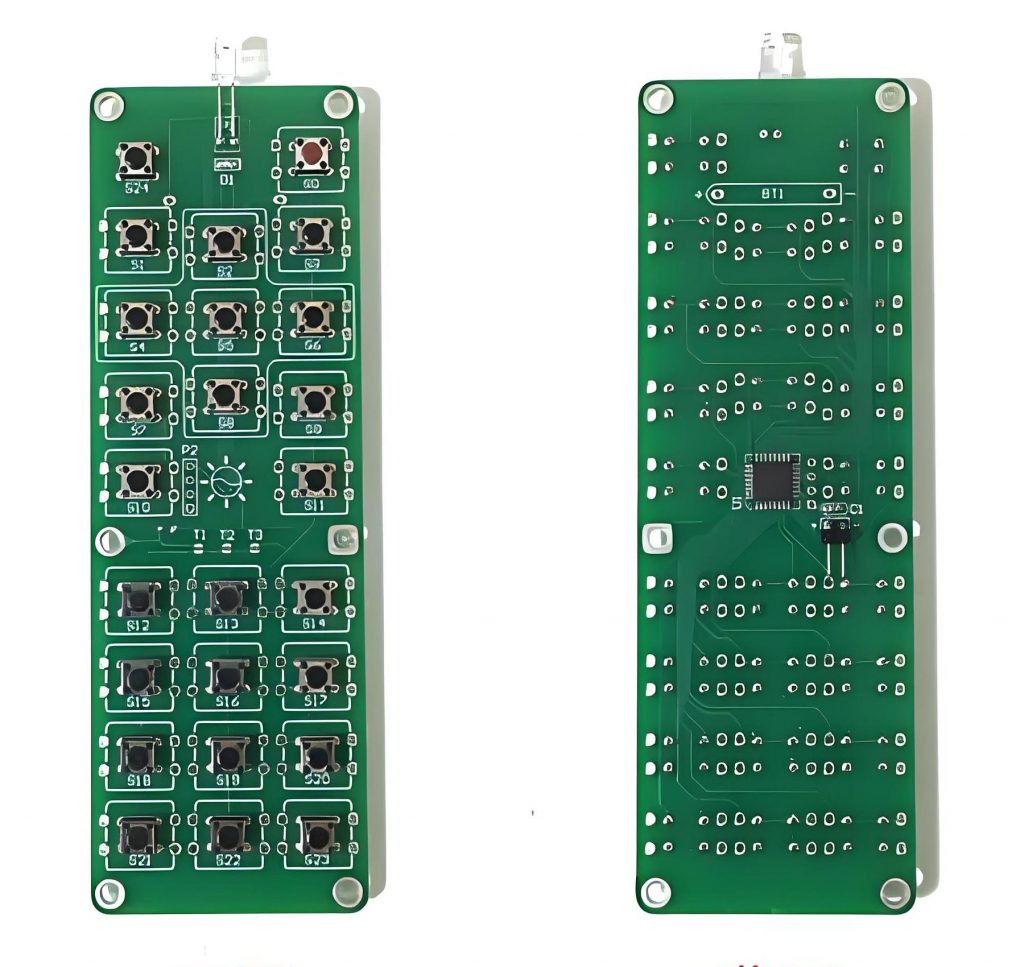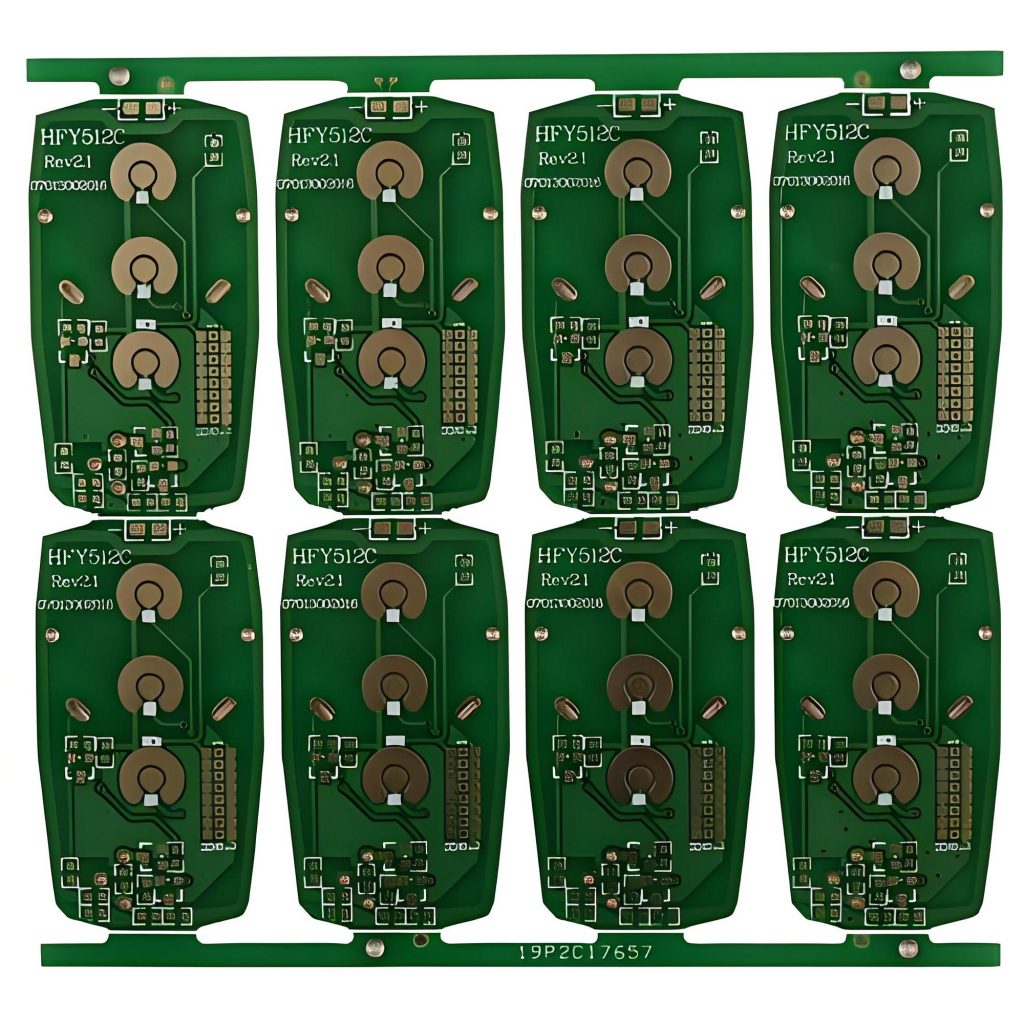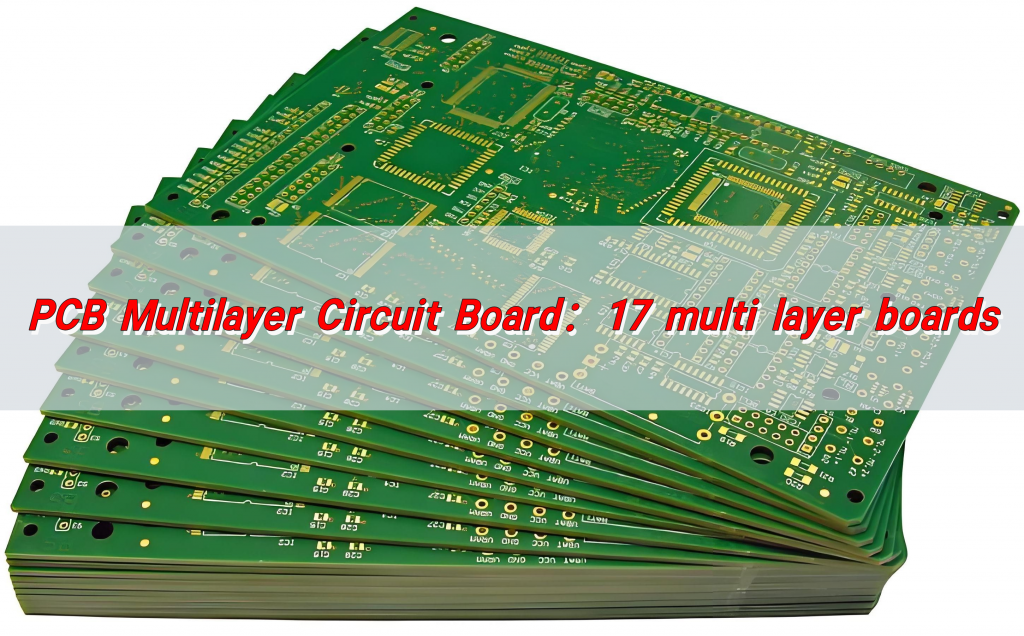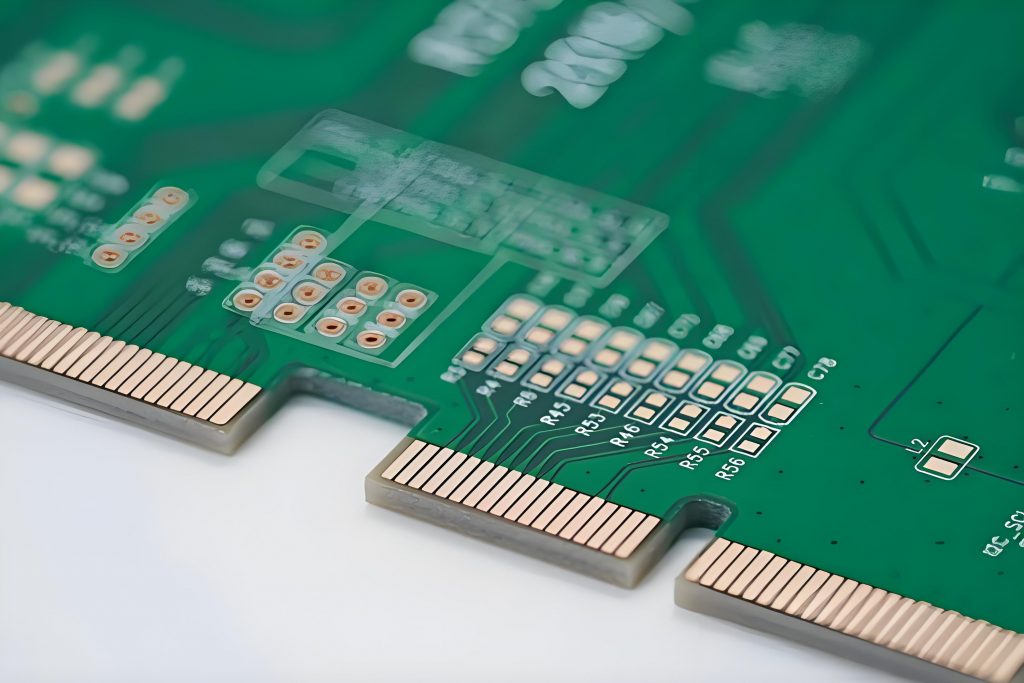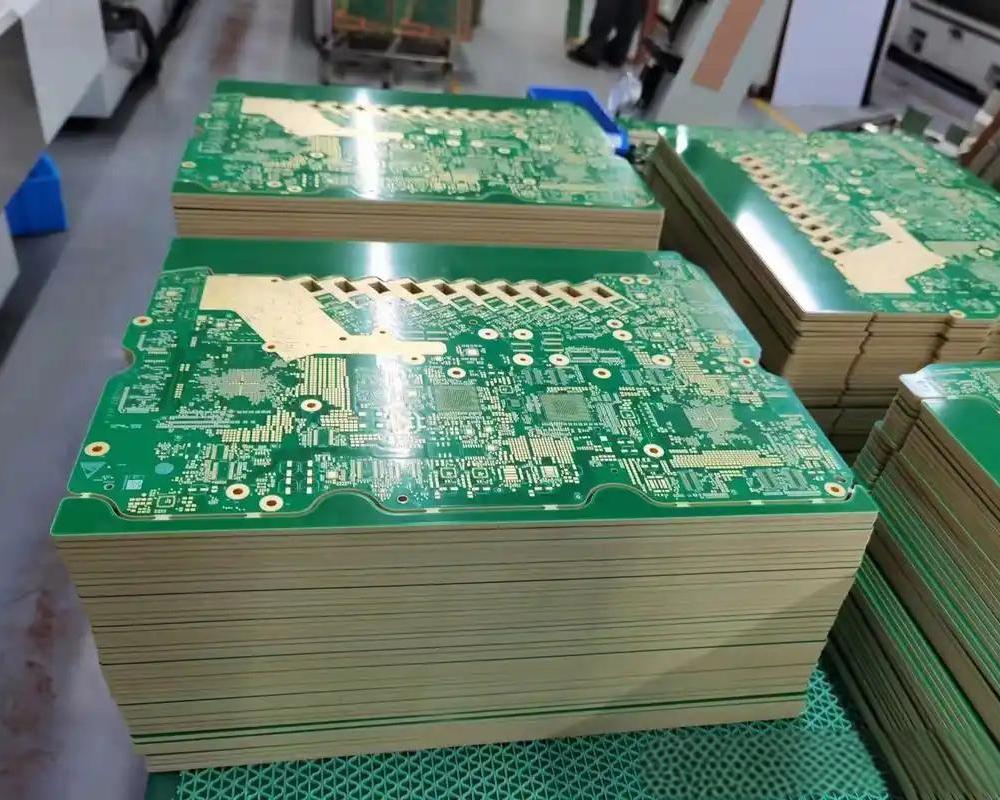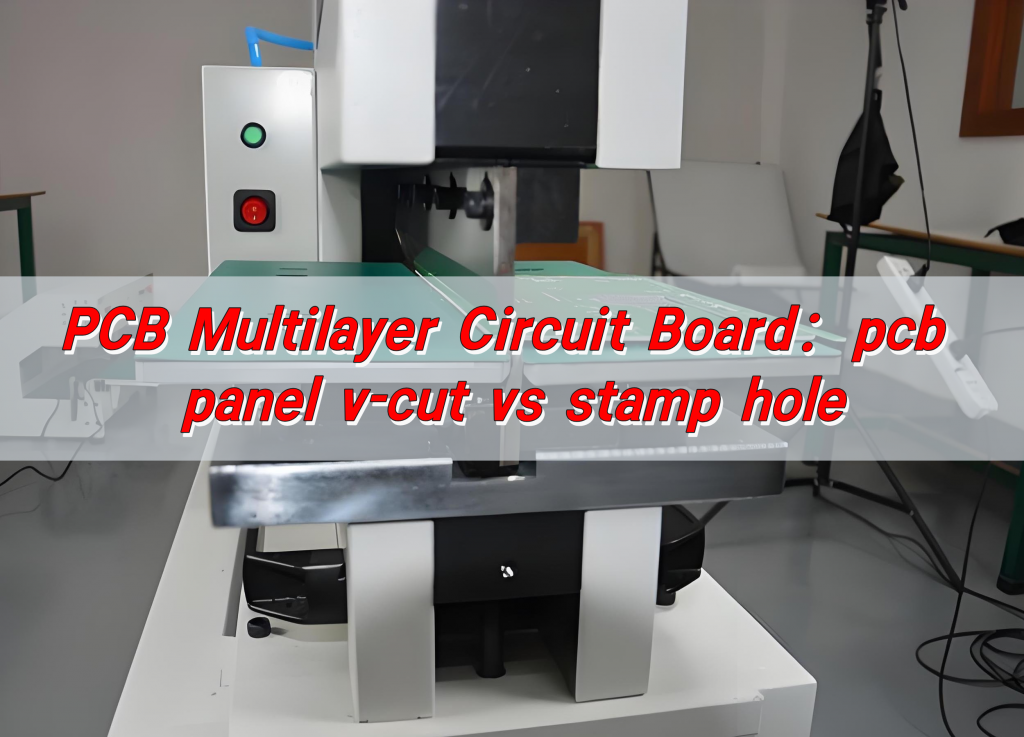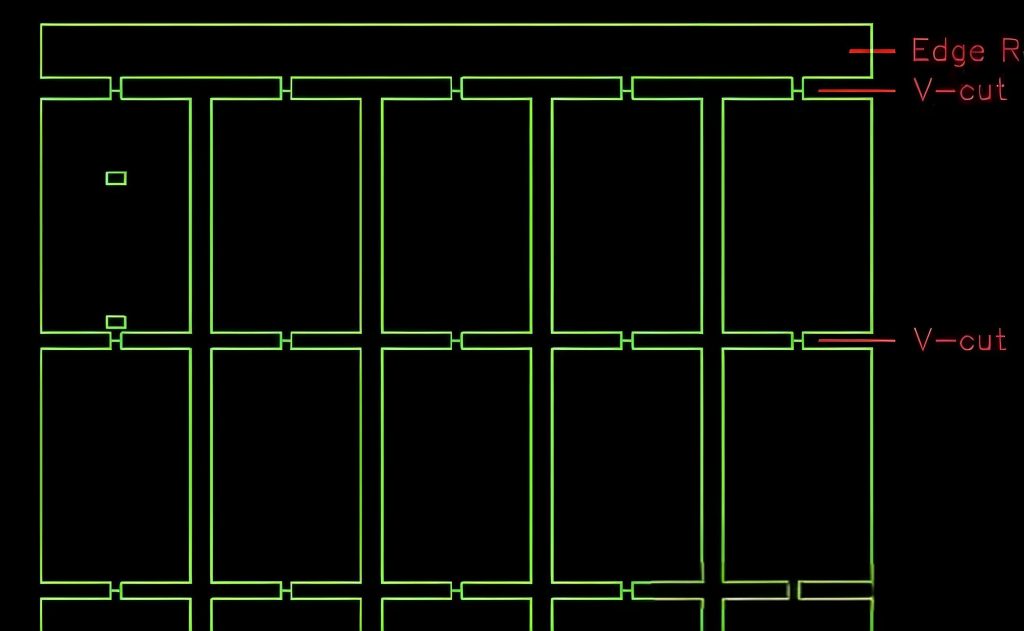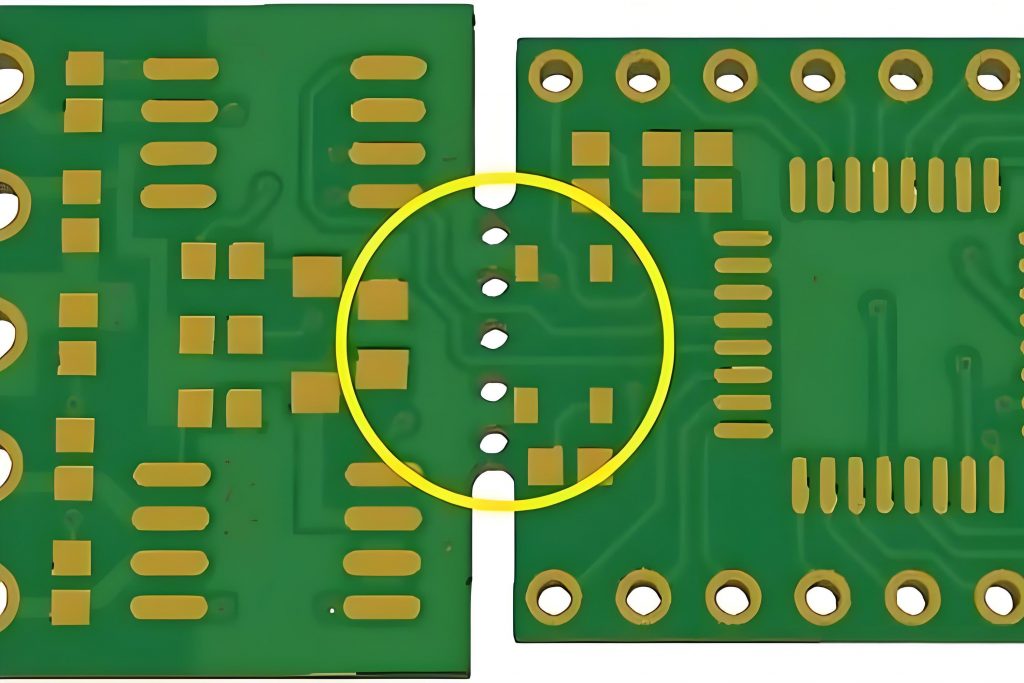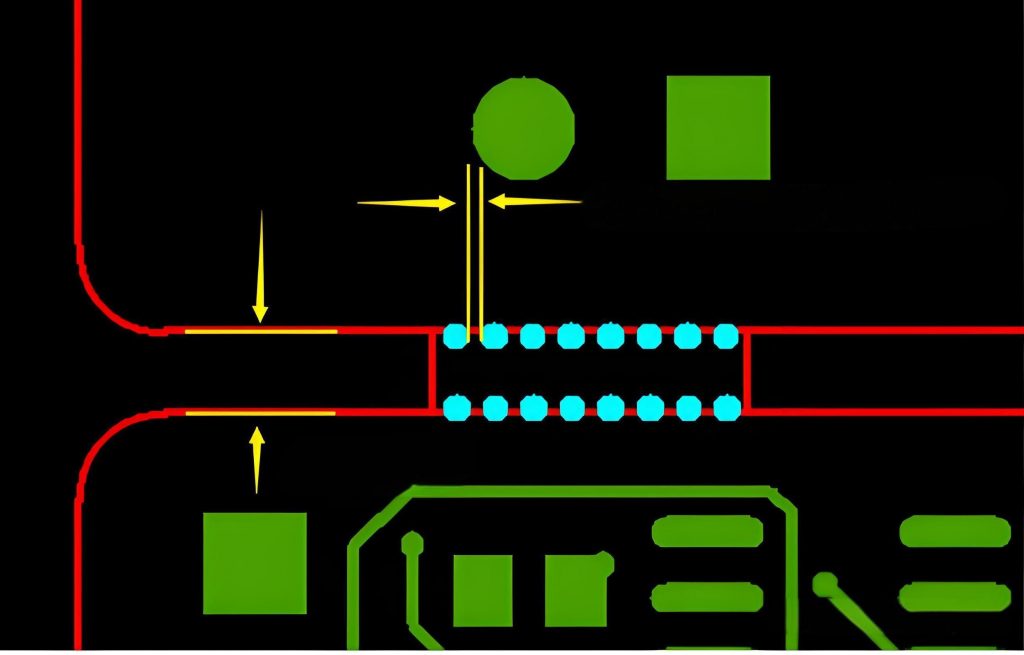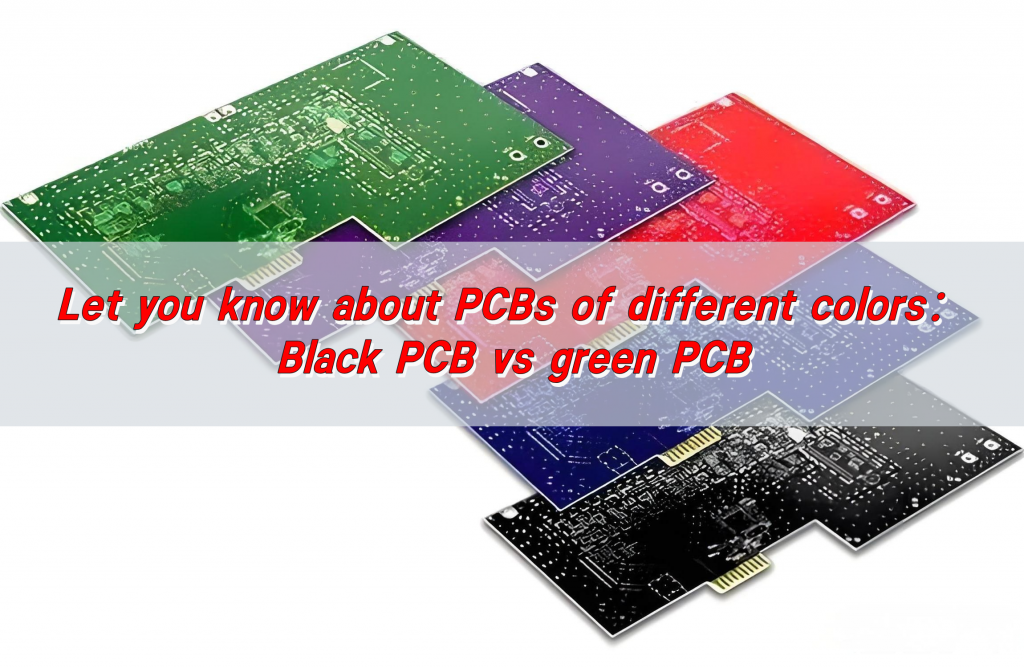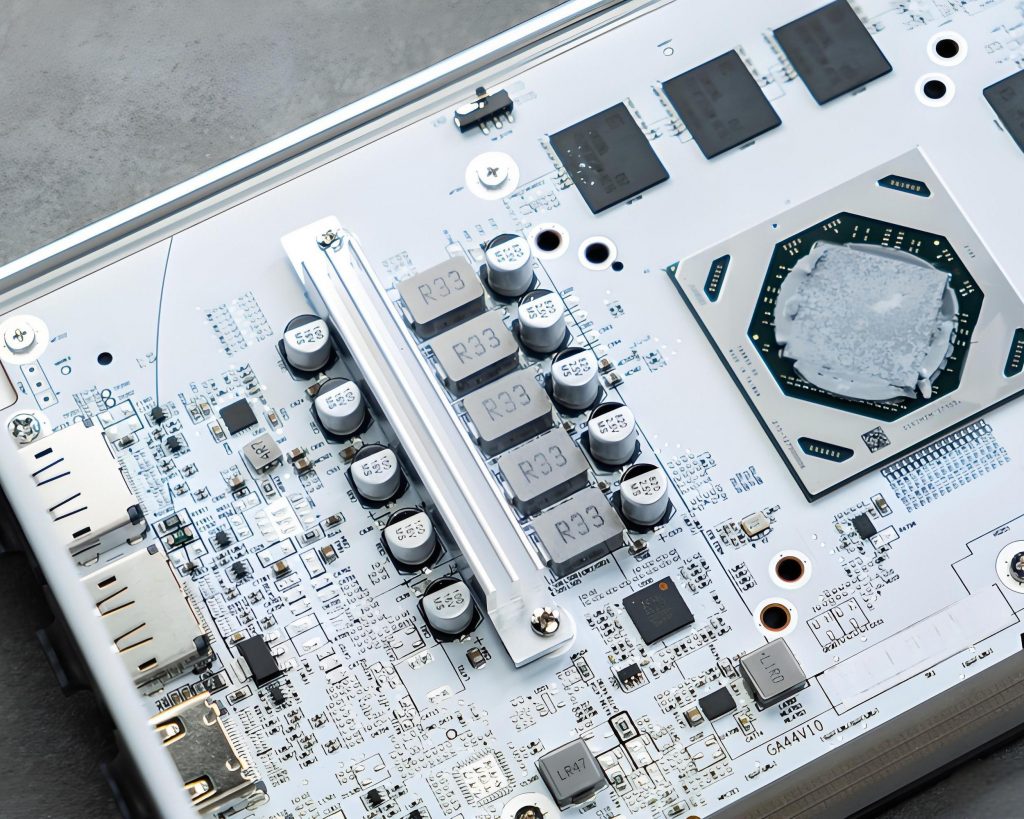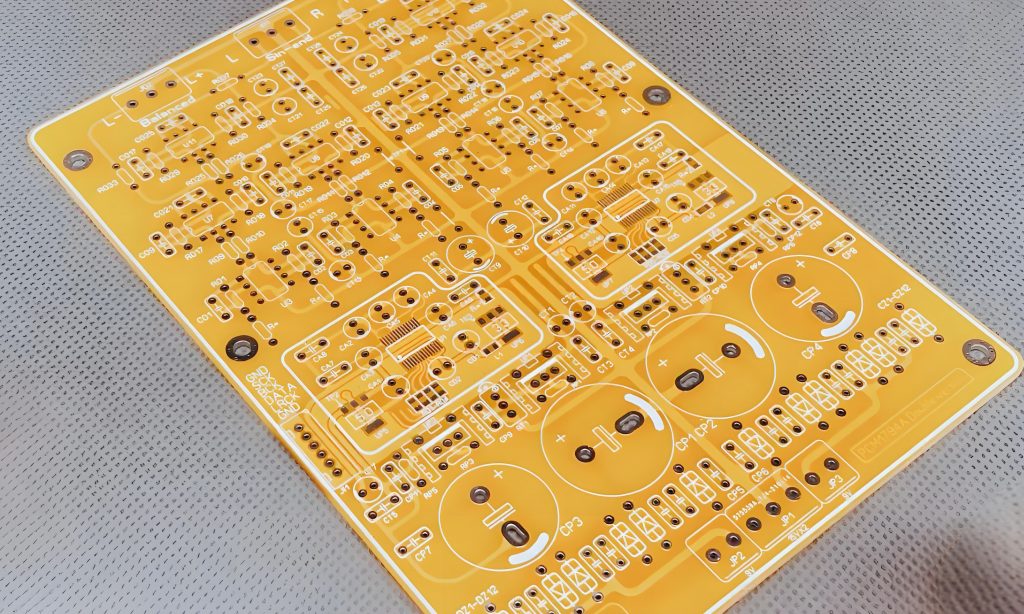Power strip PCB board plays a vital role in power distribution, safety, and design. Power strips are an essential part of our daily lives, offering a simple way to power multiple devices from a single outlet. A Power Strip PCB Board plays a crucial role in this setup. In this blog, we will explore the power strip PCB board in depth, including its components, lifespan, and design, while highlighting the benefits it provides.

What is a Power Strip PCB Board?
A Power Strip PCB Board is a printed circuit board (PCB) that serves as the backbone of a power strip. It connects the various components within the strip, ensuring proper power distribution to the connected devices. The PCB inside the power strip helps manage power flow, prevent overloads, and offers essential protection mechanisms for both users and appliances. This board is built with several copper traces that carry the current from the power source to each socket, allowing multiple devices to draw power simultaneously.
What Are the Components of a Power Strip?
A typical power strip is composed of several key components. These include the power PCB board, the sockets, the wiring, a surge protector, and a fuse. The PCB board is responsible for distributing power across each socket. The surge protector safeguards connected devices from voltage spikes. The fuse acts as a fail-safe, cutting off the power in case of an overload. All of these components work together to ensure safety and functionality, protecting your valuable electronics from potential damage.
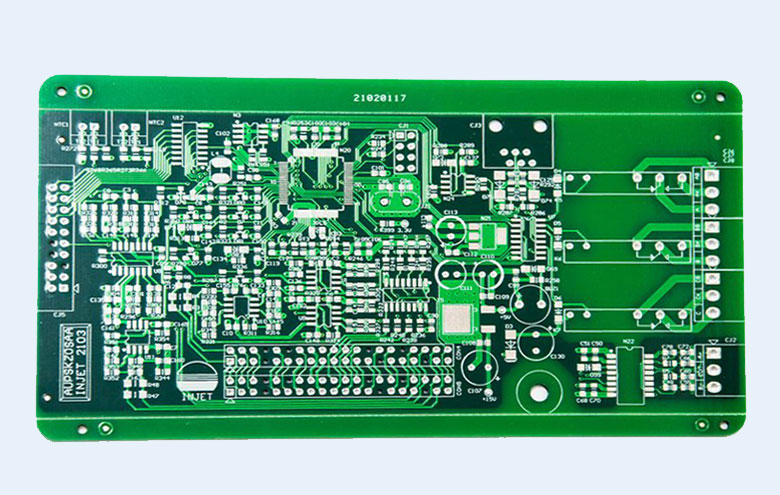
What Is the Life Expectancy of a Power Strip?
The life expectancy of a power strip can vary depending on its quality and usage. Typically, a well-maintained power strip lasts between 3 to 5 years. However, this lifespan can be shorter if the strip is exposed to frequent power surges or overloaded. Regularly checking for wear and tear, like frayed wires or damaged sockets, is important to ensure that the power strip remains safe to use. A good quality PCB can help extend the life of the power strip, as it better handles power distribution and surge protection.
Why Do Power Strips Have 3 Prongs?
The three-prong design on power strips is a safety feature. The three prongs are made up of a live (hot) wire, a neutral wire, and a ground wire. The ground prong is crucial for ensuring that excess electrical current is safely diverted to the ground, reducing the risk of electric shock or fire. Itâs a standard safety feature that helps protect both users and the devices plugged into the power strip.
What Is the 1363 Power Strip?
The 1363 power strip refers to a specific standard for power strips in some regions, particularly in New Zealand and Australia. It dictates the electrical safety features and configurations of the power strip, ensuring that it meets the safety requirements necessary for protecting connected devices. The standard typically covers the power rating, surge protection, and grounding methods, which are vital for ensuring that the power strip functions safely and effectively.
How Do I Identify a PCB Board?
Identifying a PCB board within a power strip is quite simple. The PCB is typically a flat board with a smooth surface and a series of copper traces. These traces connect various components like capacitors, resistors, and connectors, which are crucial for managing electrical flow. If you look closely, the board will also have markings or a part number that can help you trace the manufacturer and the specific design of the PCB. If youâre ever unsure about its authenticity or functionality, refer to the manufacturerâs manual for more details.
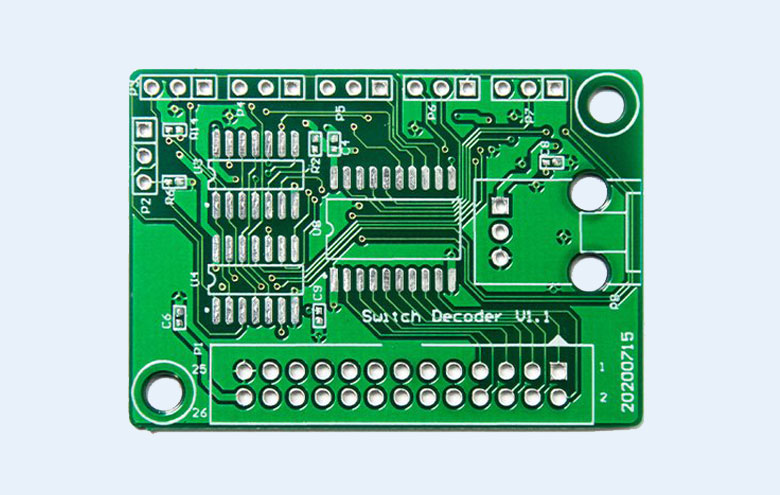
How to Design the Power Strip PCB Board?
Designing a power strip PCB board requires careful planning to ensure safety, reliability, and efficiency. The board design needs to handle high power loads, support various components like resistors, capacitors, and protection elements like fuses and surge protectors. The layout of the copper traces should minimize the risk of short circuits or power surges. Additionally, the PCB should be designed to accommodate the specific power rating and the number of outlets in the power strip. Using high-quality materials and following industry standards are key to ensuring the power strip performs well over time.
What Are the Benefits of the Power Strip PCB Board?
Power strip PCB boards offer several significant benefits that contribute to the performance and safety of the power strip. One major advantage is improved power distribution. A well-designed PCB ensures that power is evenly spread across all outlets, preventing any individual device from drawing too much current. PCBs also allow for better integration of protection features, such as surge protection and fuses, which guard against electrical hazards. Additionally, PCBs are compact, efficient, and cost-effective, allowing manufacturers to produce high-quality power strips at a reasonable price. Whether you need multiple types of PCB board products or a customized PCB board solution for manufacturing power strip. Best Technology provides excellent service and fast delivery. For more information or any inquiry, warm welcome to reach out to us at sales@bestpcbs.com.
Power Strip PCB boards are essential to the design and functionality of power strips, offering efficient power distribution and safety features. Understanding the components, design process, and benefits of these boards helps in choosing the best power strip for your needs. Whether you’re designing one or purchasing a pre-made product, the role of the PCB inside is crucial to its overall performance and longevity. Choosing a power strip with a high-quality PCB ensures that your devices are always powered safely and reliably.



